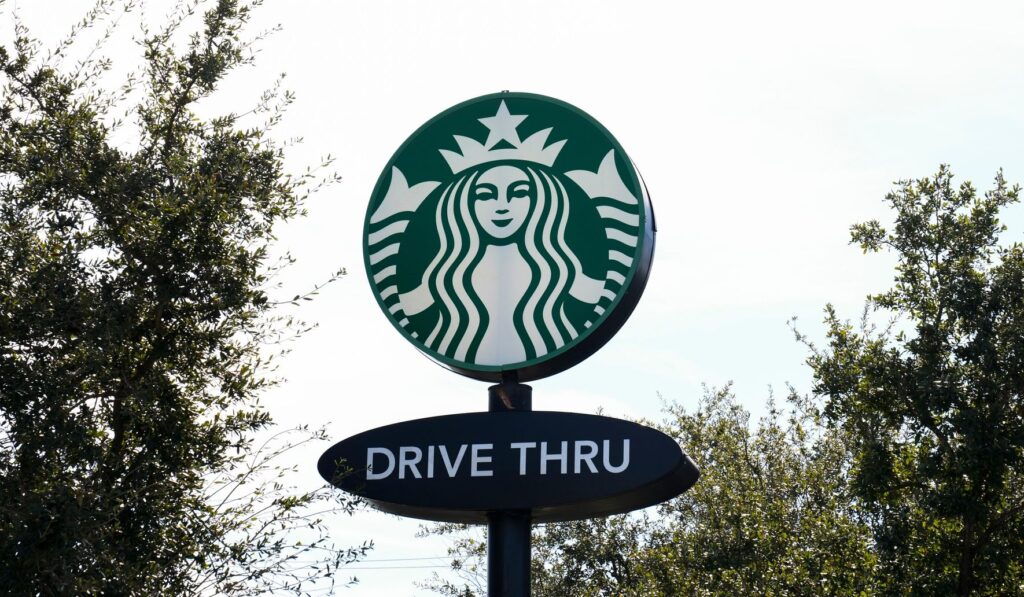Employees at 65 Starbucks locations across the country walked out on the company’s Red Cup Day after talks to reach a new collective bargaining agreement stalled, sparking pickets and service disruptions at stores nationwide.
Workers at 65 Starbucks cafes went on strike Thursday, choosing Red Cup Day for maximum visibility after failing to secure a fresh collective bargaining agreement. The move paired a symbolic company event with organized labor action, drawing attention from customers and local communities. Organizers say the timing was deliberate to highlight unresolved issues tied to bargaining talks. The company faced immediate operational strain as staff shortages and picket lines altered typical store flow.
Union leaders framed the action as a response to stalled negotiations over pay, staffing, and workplace protections, saying a lack of progress left employees little choice but to escalate. Workers reported chronic understaffing and inconsistent scheduling that make it hard to balance hours and personal commitments. Many striking partners described a desire for predictable shifts and safeguards against unsafe working conditions. Those grievances helped fuel the decision to take collective action on a high-profile retail day.
For customers, Red Cup Day is traditionally a busy, marketing-driven moment when Starbucks rolls out seasonal promotions and limited merchandise. Stores affected by the strike saw altered service, with some locations reducing hours and others relying on non-union or temporary staff to handle the rush. The disruptions created longer lines, menu limits, and a different atmosphere than regular store openings. Several managers had to juggle operational priorities while addressing picket lines outside.
Company statements emphasized the need to serve customers while continuing bargaining behind the scenes, but many employees said the pace of talks failed to address core demands. Negotiations reportedly covered wages, scheduling, safety protocols, and discipline procedures tied to union activity. Workers insisted they wanted concrete timelines and enforceable terms rather than vague assurances. Without those guarantees, the walkouts served as a tool to press for clearer commitments.
Local community responses varied, with some customers showing support for the striking partners and others expressing frustration over the inconvenience. Neighborhood groups and local labor allies joined picket lines at several locations, handing out flyers and explaining workers’ priorities. In some areas, customers brought coffee to protesters and talked through both sides of the dispute. Elsewhere, shoppers waited longer or left without completing purchases, affecting daily store revenue.
The strike at 65 sites reflects a broader pattern of labor organizing in the retail and service sectors, where front-line employees are pushing for better pay and predictable schedules. Starbucks has been a focal point for union activity over the past few years, and this action underscores how negotiations can intersect with company marketing moments. Labor experts note that walking out during a major promotional day increases bargaining leverage by exposing the business impact. That strategy aims to compel faster movement at the negotiating table.
Operationally, corporate and district managers had to adapt quickly, reallocating staff and prioritizing core services like drive-thru and mobile orders. Inventory and staffing models got a quick stress test on a day designed for high volume, revealing weak points in contingency planning. Some stores leaned on short-term hires or volunteer cross-coverage to manage queues and keep espresso machines running. Still, multiple locations reported diminished capacity compared with a normal Red Cup Day.
Behind the scenes, both sides signaled willingness to continue talks, but the strike made it clear that time and public attention are on the table as negotiation variables. Union representatives said they would use follow-up actions if progress remained slow, while company spokespeople stressed the importance of reaching stable, mutually acceptable terms. Legal experts watching the situation advised both parties to document offers and changes to maintain clarity during the bargaining process. The next round of negotiations will likely consider the operational and public relations impacts highlighted by the walkouts.
The immediate fallout included media coverage, social attention, and a renewed focus on what front-line workers want out of a modern retail contract. For customers and community members, the sight of picket lines on a traditionally festive retail day was a reminder that labor issues can intersect with everyday commerce. Whether the action leads to faster agreement or prolonged talks depends on both negotiation tactics and the willingness to compromise. In the meantime, stores will have to navigate the practical consequences of labor unrest during peak promotional events.



